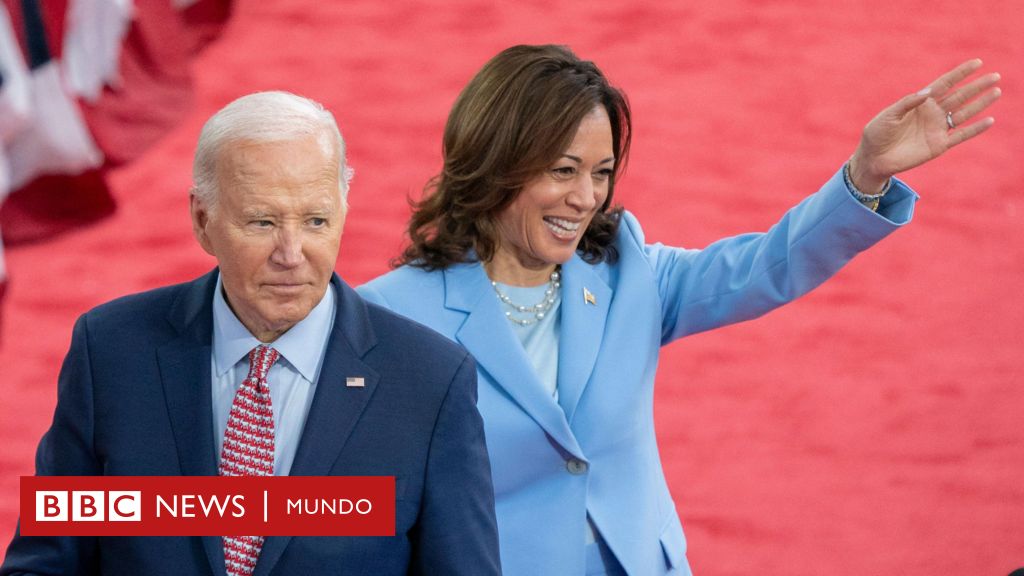How to Read Residential Electric and Natural Gas Meters

It goes without saying that no one wants to spend more money on their energy bill than they must. With the rising costs of so many things these days, it’s not surprising that many people have started reading their own meters to keep track of the electricity or gas their family uses. If you’ve never paid attention to your energy meter and how much energy your household consumes, you need to know that it’s an easy task that can be done by just about anyone. If you’re thinking about reading your energy meter to pay closer attention to how much you’re spending on your energy bill, keep reading to learn helpful tips for successfully reading your meter on your own.
Electric Meters
Monitoring your electric meter will allow you to understand how much electricity your household uses on a day-to-day basis. This knowledge is beneficial to ensure that your monthly bills are accurate. It’s also helpful to see how much energy you use when trying to conserve energy. Electricity bills are already high enough without accidentally paying more money on an account due to an error on your bill, so follow these simple steps to start recording your electricity usage daily. (Remember, when learning how to read an electric meter, you want to read and write the numbers down on a piece of paper from right to left.)
- When the pointer is directly on a number, glance at the dial to the right; if the number has passed zero, you use the following highest number.
- If the number has yet to pass zero, you want to use the lower number.
- Write down the numbers you see, starting with the number all the way to the right first, followed by the rest.
- Remember, if the dial falls between two numbers, you should always use the smaller number of the two.
Natural Gas
Natural gas is one of the most popular options available to customers. Natural gas is not only affordable for most, but it’s also widely accessible to people everywhere. According to energy.gov, it can be billed in two different ways. The first option allows you to be billed by thousands of cubic feet (MCF) or by hundreds of cubic feet (CCF). You can also be billed by the term, which is approximately equal to 100 cubic feet. If your meter is inside your home, the utility worker may not be able to read it as often as they should. Instead, they’ll use an estimated reading, which considers several factors over a period of a few months. A worker’s inability to get the reading is another fundamental reason for learning to read your meter.
The company you choose will install a meter between the point of distribution at the house and the incoming power or gas lines. The gas meter is powered by the force of the gas in the pipe. As the flow of the gas increases, the meter will begin to run faster. Reading a gas meter is like reading an electric meter, except you want to read the numbers shown on the meter from left to right instead of right to left and write it down accordingly.
As you can see, there really isn’t too much work that goes into reading a meter. If you follow these simple instructions, you’ll be able to read your meter in no time. Remember, if you have any questions, your utility worker should be fine helping you understand how to read the meter. Just ask them the next time they’re reading your meter, and they’ll be more than happy to oblige.




